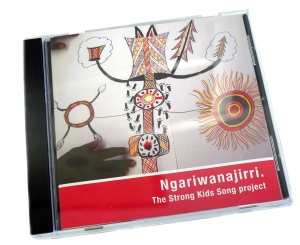The experience of earworms, a type of involuntary musical imagery, may reflect a systematic failure in mental control.
A recent study focused on how individual differences in each of two factors—schizotypy, or openness to experience, and thought suppression—might relate to the appearance of the involuntary musical image (earworm). Each was found to contribute independently to the overall experience of involuntary musical imagery.
Schizotypy was correlated with the length and disruptiveness of earworms, the difficulty with which they were dismissed, and the worry they caused, but was not correlated with the frequency of such intrusive imagery.
In turn, schizotypy was predicted by suppression and intrusion associated with the length, disruptiveness, difficulty dismissing, and interference, but not with the worry caused or the frequency of earworms. The assumption of ownership of earworms was also found to affect the extent to which the earworms were considered worrying.
This according to “Individual differences in mental control predict involuntary musical imagery” by C. Philip Beaman and Tim I. Williams (Musicæ scientiæ: The journal of the European Society for the Cognitive Sciences of Music XVII/4 [December 2013] pp. 398–409).
Above, an alternative way to assume ownership of earworms. Below, DJ Earworm’s annual mashup of the top 25 pop hits.















